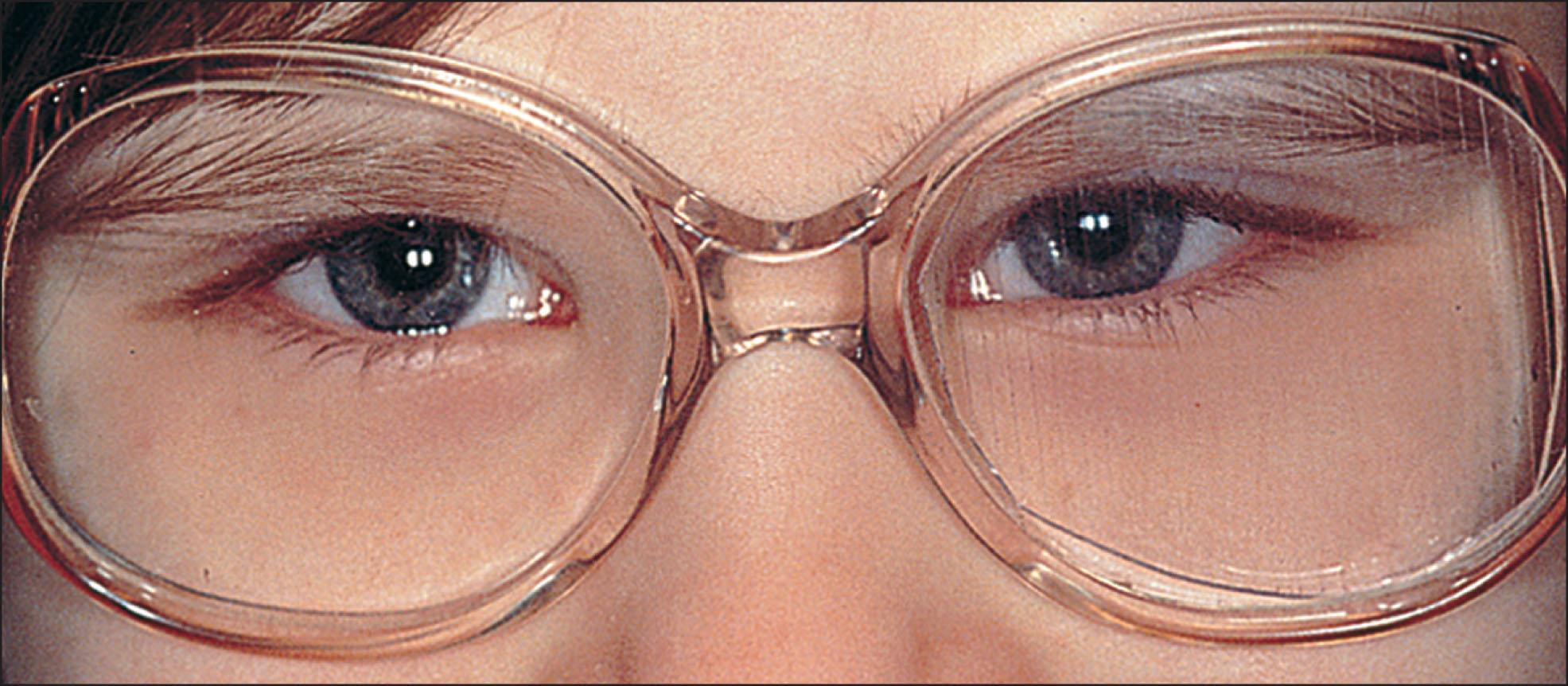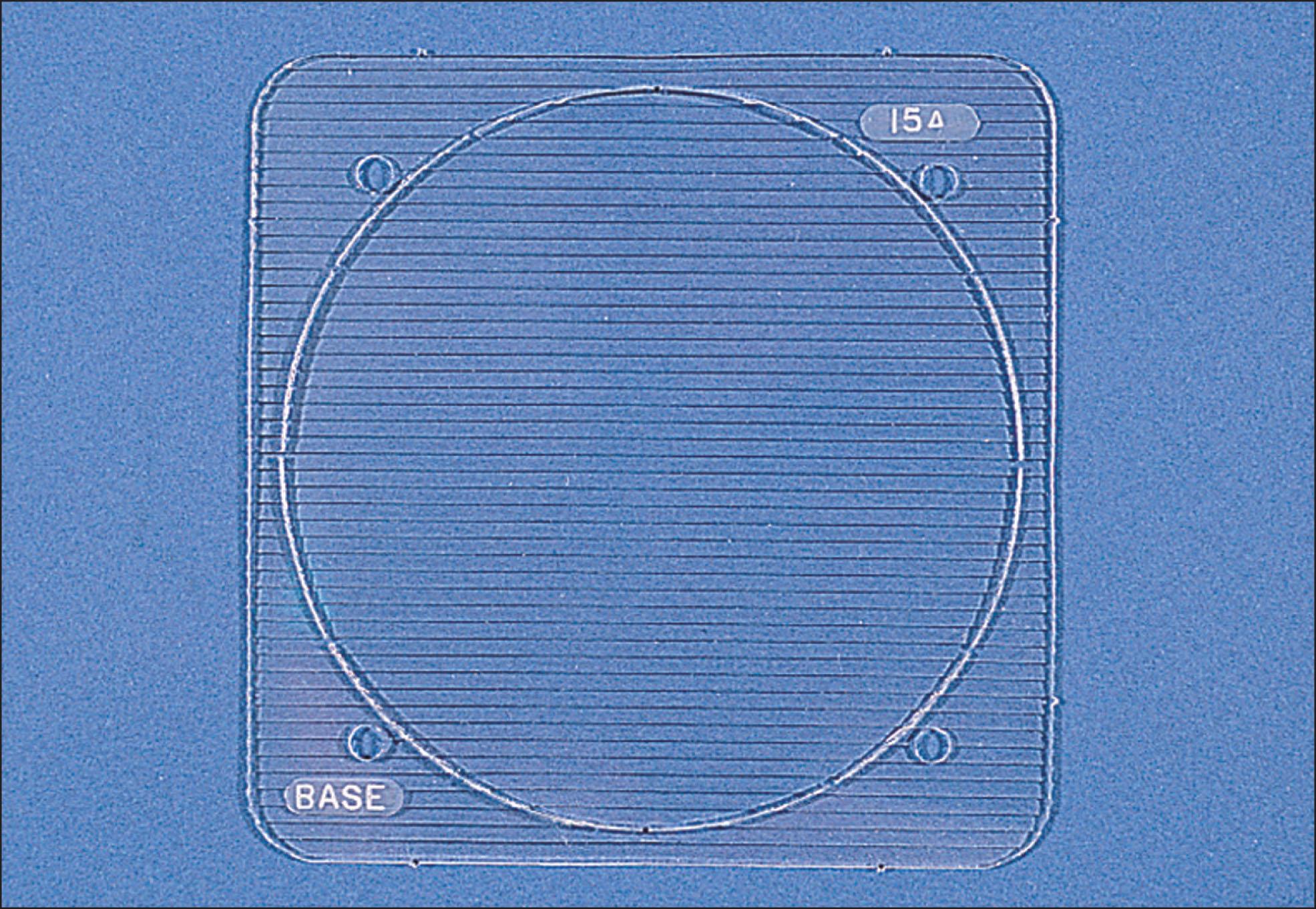Physical Address
304 North Cardinal St.
Dorchester Center, MA 02124
Orthoptics: a wide range of techniques used to expand fusional vergence amplitudes and permit improved single binocular vision.
Convergence insufficiency: a deficiency in convergence of the eyes to focus on a near target, causing symptoms such as difficulty reading.
Numerous nonsurgical techniques are available to treat strabismus and should be considered before strabismus surgery is performed.
The treatment of strabismus by means of orthoptics (literally “straight eyes”) has a long history, although perhaps these techniques are used more extensively in Europe than in the United States. Its basic principle is the gradual expansion of fusional vergence amplitudes with practice. Fusional vergence amplitudes can also be expanded through the use of gradually stronger prisms held in the appropriate direction before one or both eyes or through the use of spherical lenses to utilize the accommodation–convergence relationship to change ocular alignment. More recently, the use of dichoptic images of increasing separation has been demonstrated to increase fusional amplitudes.
Historically, the success of orthoptic training was greatest in cooperative patients who had phorias (especially exophoria) or intermittent strabismus of a comitant nature. The patients who suffered alphabet-pattern strabismus, torsional symptoms, or highly incomitant strabismus and who gave little cooperation fared less well. Patients affected by long-standing constant tropias were less likely to regain fusional vergence amplitudes despite orthoptic training. There are few published series of successfully treated patients followed long term. It is unclear whether orthoptic training must be continued throughout life to be effective or if preoperative fusional expansion improves long-term surgical results. Note: This is different and separate from the orthoptic (i.e., sensorimotor evaluation) of strabismus.
Today, the most common indication for orthoptic training is convergence insufficiency (CI). The Convergence Insufficiency Treatment Trial randomized 221 children to four different treatment groups: (1) office-based vergence/accommodative therapy with home reinforcement (OBVAT), (2) home-based pencil push-ups (HBPP), (3) home-based computer vergence/accommodative therapy and pencil push-ups (HBCVAT+), or (4) office-based placebo therapy with home reinforcement (OBPT). Although flawed, with no randomization for children with attention-deficit/hyperactivity disorder (ADHD) and using a symptom survey tool, it remains a valuable source for qualitative information regarding the treatment of CI. The researchers found that after 12 weeks of therapy, 73% of those in the OBVAT had successful outcomes. Nearly half of those in the HBPP group and a third of those in the HBCVAT+ group also met the success criteria. A follow-up study showed that the effects of treatment were sustained for at least 1 year in all groups. Despite the increased success rate for office-based orthoptic therapy, the increased time and cost burden of this therapy has left many to start with home-based therapy as a first-line treatment for CI. Evaluation of these approaches remains ongoing.
Divergence, cyclo-, and vertical fusion training remain elusive. Although these all can increase both slowly and over an extended period of time, the amounts are small, and the patient frustration is large.
Diplopia recognition (antisuppression) training for patients who have anomalous retinal correspondence and suppression is rarely performed today because of the risk of intractable diplopia.
Prisms are useful in the treatment of certain patients who have a small degree of horizontal and vertical strabismus (especially when comitant).
Patients who have superior oblique muscle palsy and a vertical deviation in the primary position may benefit from a vertical prism before the paretic eye. The usefulness of this technique is confounded by the simultaneous excyclotorsion associated with this palsy; some patients, however, cyclofuse successfully if the vertical deviation is collapsed with a prism. The minimal amount of prismatic correction necessary to provide comfortable single binocular vision is prescribed after a trial with Fresnel membrane prisms, as described later in the chapter. Because many patients who suffer from this palsy have incomitant deviations, the field of single binocular vision is likely to be limited. In addition, vertical fusional vergence amplitudes are likely to wither under prism correction, and the patient becomes more strabismic when the prism is removed.
Some patients who have cranial nerve VI palsies and esotropia in the primary position benefit from a base-out prism over the paretic eye; this may obviate the need for a face turn to view in the forward position. Some patients who have infantile nystagmus and a compensating face posture may benefit from prisms before one or both eyes (yoked prism) to position the null point of least nystagmus and best acuity in the forward position with the head straight. In the case of a horizontal face position, the bases of the prisms are placed in the direction of the face turn. This approach is often limited in practice because of the large amount of prismatic correction required.
The use of prisms to treat patients who have typical intermittent horizontal or vertical strabismus often is contraindicated because they place fusional vergence amplitudes at rest and consign the patient to permanent, often increasing, prismatic correction. Certain older or debilitated patients may, however, benefit from prismatic correction when surgery is not indicated or when the deviation is small and symptomatic.
The prism adaptation test involves the preoperative use of prisms to neutralize a deviation with prisms for a given period, followed by surgery for the amount of strabismus fully neutralized by the prisms. Thus the prism neutralization may be used to predict the outcome of surgery for a given deviation, to determine the maximum deviation, and to estimate fusion potential at that deviation ( Fig. 11.12.1 ). In addition, some patients exhibit a different deviation with the prism adaptation test from that with cover testing. In a controlled, randomized study of patients who had acquired esotropia, 60% underwent prism adaptation, and 40% did not; of those who responded to prisms with motor stability and sensory fusion, half underwent conventional surgery, and half underwent augmented surgery based on the prism-adapted deviation. Success rates were highest (89%) in the prism adaptation responders who underwent augmented surgery, 79% in those who underwent traditional amounts of surgery, and lowest (72%) in those who did not undergo prism adaptation. One way of looking at these results is that the prism responder operated on for their prism-adapted angle cuts the failure rate at least by half.

The amount of prism to give a patient for comfortable single binocular vision may be assumed arbitrarily to be one-third to one-half of the maximal deviation obtained on cover testing, or it may be titrated to the subjective response of the patient. The amount also can be tested using free prisms in space or using the prism attachment on a phoropter. Fresnel membrane prisms are obtained easily, are relatively inexpensive, and are easy to adjust in strength ( Fig. 11.12.2 ). They are somewhat dysesthetic, yellow over time, peel after about 3 months in place, and do degrade acuity (about one line per 5Δ). Highly customizable and available in the range of 1Δ–30Δ, they may be confined to one or both lenses (plano carriers in the case of patients who are not wearing a correction); may be trimmed to fit a bifocal segment, distance correction, or part of the field of a lens; or may be prescribed to an oblique axis orientation for those who have both horizontal and vertical deviations (calculated using the Pythagorean theorem). Patients are given a trial of Fresnel prism wear, and if it is agreeable with a relatively small deviation (under about 10Δ), the prism may be ground permanently into spectacles. Some patients prefer to continue to wear the Fresnel membrane prism and simply change it as needed.

One interesting approach is to give a patient enough prism to fuse and slowly decrease the amount. This is used most often for divergence or vertical amplitude building and is often ineffective.
Become a Clinical Tree membership for Full access and enjoy Unlimited articles
If you are a member. Log in here